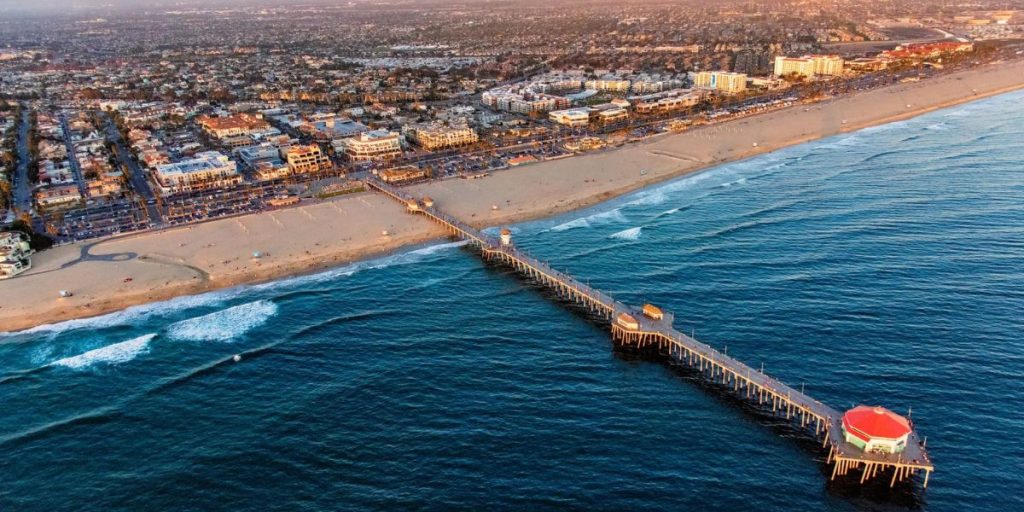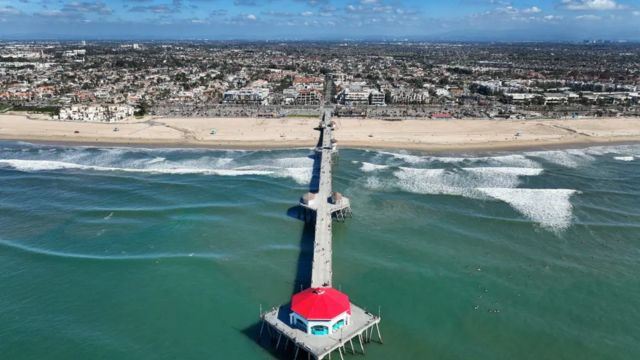
While other towns in the region and across the country are tightening their sanctuary city regulations, Huntington Beach has declared itself a “non-sanctuary city.”
Mayor Pat Burns’ office verified in a statement that the city council voted overwhelmingly to accept his effort to name the city a “Non-Sanctuary City for Illegal Immigration for the Prevention of Crime.”
According to Burns’ office, the resolution “deliberately sidesteps the Governor’s efforts to subvert the good work of federal immigration authorities and to announce the city’s cooperation with the federal government, the New Administration, and Border Czar Tom Homan’s work.”
“This new city policy and declaration are common sense, support our law enforcement and advances public safety throughout the city…What the Governor is doing does not,” Burns’ office stated.”Neither the Governor nor the State Legislature with the passage of laws may interfere with the city’s voluntary cooperation with federal authorities, nor cause or compel the city to violate federal laws such as Title 8 Section 1324 for the harboring of illegal immigrants.”
The new law took effect right away. You can get additional information about the “non-sanctuary city” movement at this location.
In a quick move, Donald Trump signed a number of executive orders the day after taking office for the second time, many of them had to do with immigration.
Signed the same day Burns made his announcement, these directives signaled a dramatic change in the nation’s immigration enforcement strategy.
A national emergency declaration for the southern border was one of the main directives, since it would allow for the mobilization of more resources to meet the escalating issues in that area.
The administration’s decision to declare a national emergency was a component of a larger initiative to strengthen border security and deal with what it considered an immigration crisis.

Restoring the “Remain in Mexico” policy was another important aspect of the directives. Regardless of where they came from, people who are applying for asylum in the United States must wait for their hearings in Mexico under this policy, which was a pillar of Trump’s prior administration.
The new administration chose to reinstate the program as a means of better controlling the flood of asylum seekers, despite the fact that it had been controversial because of worries about the safety and welfare of migrants who were waiting in Mexico.
The administration’s designated Border Czar, Tom Homan, also declared that the federal “catch-and-release” practice will be discontinued under the incoming administration.
In essence, the catch-and-release practice released illegal immigrants into the United States with the understanding that they would return for their court appearances, allowing them to stay in the nation while their asylum applications were being evaluated.
This program’s termination was a component of a larger initiative to reduce illegal immigration and guarantee that those who entered the country illegally would be held responsible for their conduct.
In December, Homan made a statement to that was directed at anyone who was attempting to enter the United States illegally.
He responded, “Stay in your homeland and be safe.” “It is extremely dangerous to enter this country without permission.”
Trump is also trying to put an end to birthright citizenship in the United States, which has led to a number of states, including California, filing challenges.



